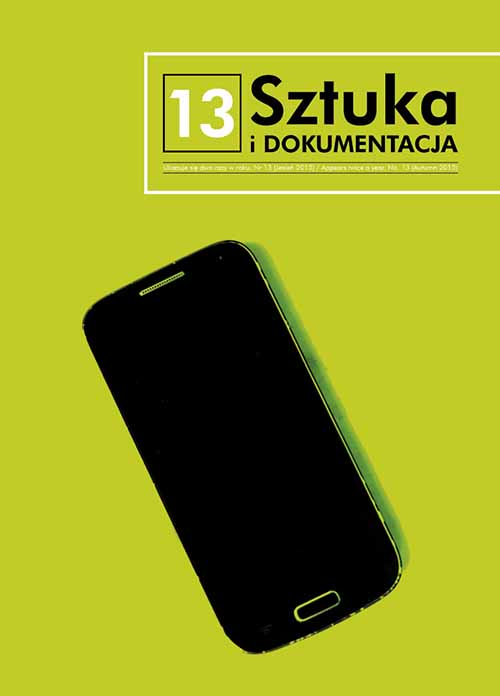Transformacje w sztuce polskiej po 1989: Filmy kobiet. Zmiany, zwroty i „szklany sufit” w kinematografii polskiej przed i po 1989 roku
Transformations in Polish art after 1989: The movies of women. Changes, turns and “glass ceiling” in Polish cinematography before and after 1989
Author(s): Ewelina Wejbert-WąsiewiczSubject(s): Fine Arts / Performing Arts, Film / Cinema / Cinematography
Published by: Akademia Sztuk Pięknych w Gdańsku
Keywords: women’s cinema; sociology of film; polish cinema; women-directors; feminism; sociology of art; system of cinematography
Summary/Abstract: Polish women worked behind the camera in the period of silent films, but their work is unknown in wide circulation. In the postwar years of the PRL, the director Wanda Jakubowska occupied a strong position. Besides Wanda Jakubowska, the most popular Polish women-directors in Europe and the USA are: Agnieszka Holland, Barbara Sass, Dorota Kędzierzawska, Małgorzata Szumowska, Urszula Antoniak. We are also familiar with the activities of women-directors as assistants to their husbands. Their professional life therefore fits in someone else’s curriculum vitae, they are often not allowed to be independent and break away from the biography of their husband, protector, or another artist. The achievements of these women-directors in the development of Polish cinema has been usurped by theirs partners located in the centre.The article describes the sphere of Polish cinema both in the past and present from the perspective of the participation by women-directors. This sociological essay is an attempt to sketch the location of the works of Polish women-directors as an opposite to the canon. There are two important elements in this perspective: analysis of the artistic strategies and the many barriers that exist in the field of cinematography (systemic and mental barriers, “celluloid celling”). The article uses existing materials, such as: research studies, newspaper articles, written reviews, interviews, memoirs, recorded discussions.
Journal: Sztuka i Dokumentacja
- Issue Year: 2015
- Issue No: 13
- Page Range: 47-59
- Page Count: 13
- Language: Polish

